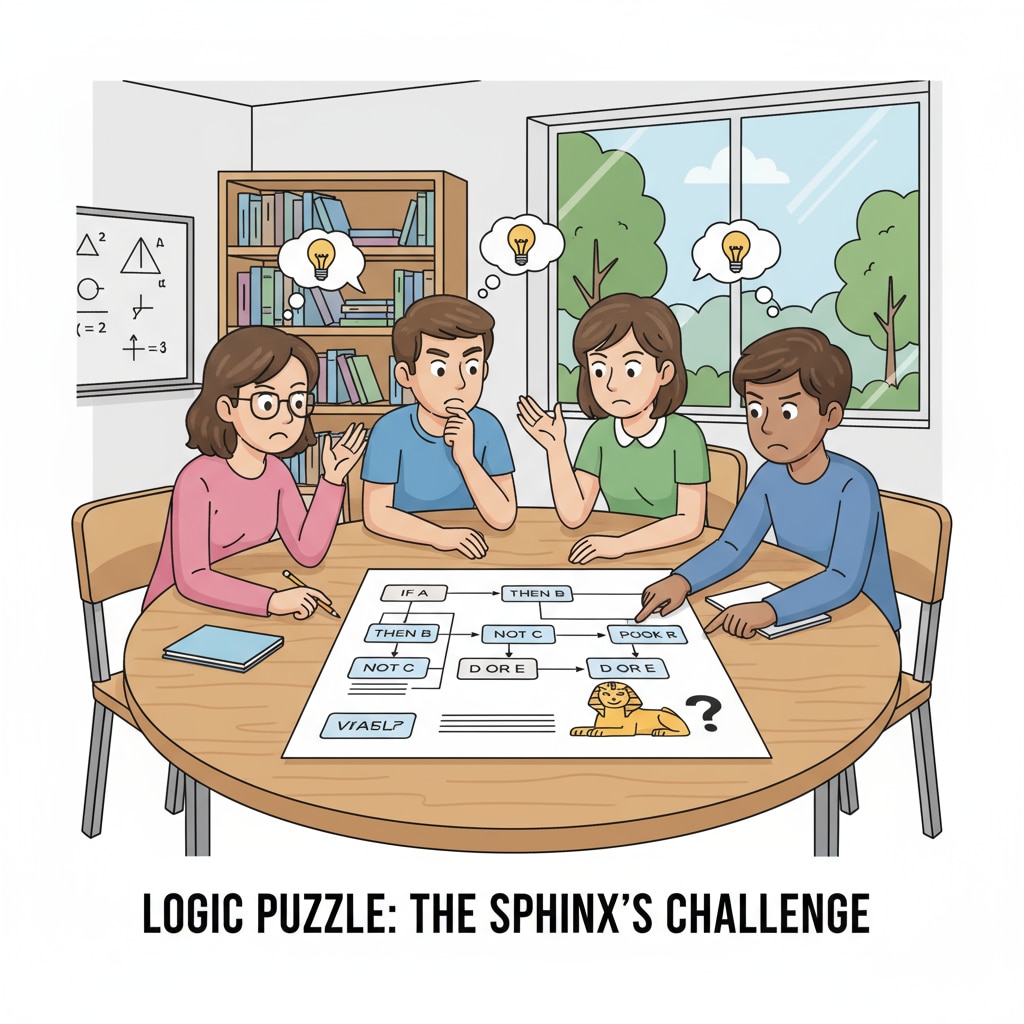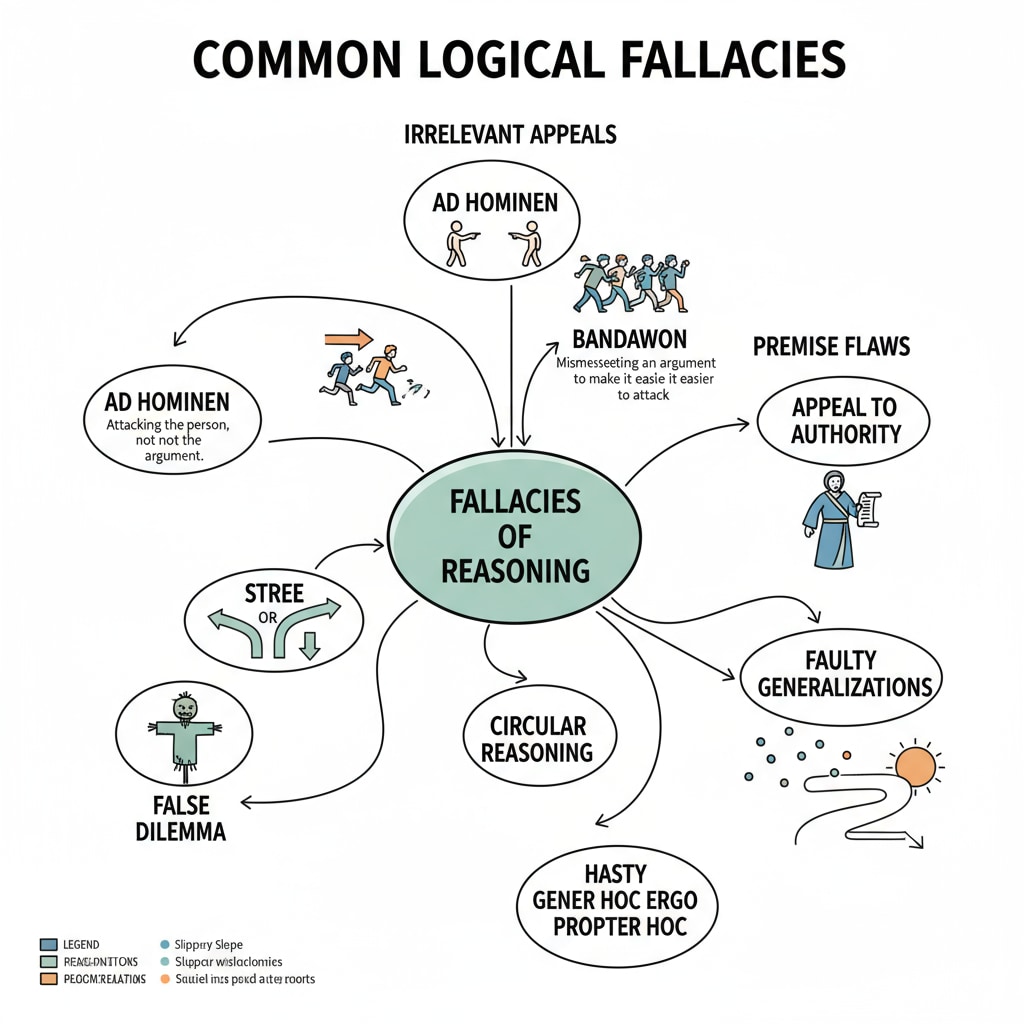In an age of information overload and sophisticated media manipulation, the ability to identify logical fallacies, engage in critical thinking, and detect propaganda is more crucial than ever for high school students. These skills form the foundation for making informed decisions and becoming responsible citizens.

As society becomes increasingly complex, the need to integrate logical fallacy education into high school curricula has become an urgent matter.
The Foundation of Critical Thinking
Logical fallacies are errors in reasoning that can mislead and manipulate. By learning to recognize these fallacies, students can develop their critical thinking abilities. For example, the ad hominem fallacy, where one attacks a person instead of their argument, is a common tactic in debates. When students are taught to identify this fallacy, they can see through such manipulative tactics and focus on the actual argument. According to Wikipedia’s page on critical thinking, critical thinking involves analyzing, evaluating, and constructing arguments, and understanding logical fallacies is a key part of this process.

Defending Against Propaganda
In the media-saturated world we live in, propaganda is everywhere. Propaganda often uses logical fallacies to spread misinformation and shape public opinion. For instance, the bandwagon fallacy, which suggests that something is true or good because many people believe it, is frequently employed in advertising and political campaigns. When students are educated about logical fallacies, they can better detect propaganda and make decisions based on facts rather than false appeals. As stated on Britannica’s page on propaganda, being able to recognize fallacies in propaganda is a safeguard against being misled.
Furthermore, teaching logical fallacies in high school can empower students to become active and informed participants in society. They can question the information they receive, whether it’s from the news, social media, or political speeches. This ability to think critically and detect fallacies will not only benefit them in their academic lives but also in their future as responsible citizens.
Readability guidance: Short paragraphs and lists are used to summarize key points. Each H2 section has a list or clear explanation. The proportion of passive voice and long sentences is controlled, and transition words like ‘for example’, ‘furthermore’ are added throughout the text.


